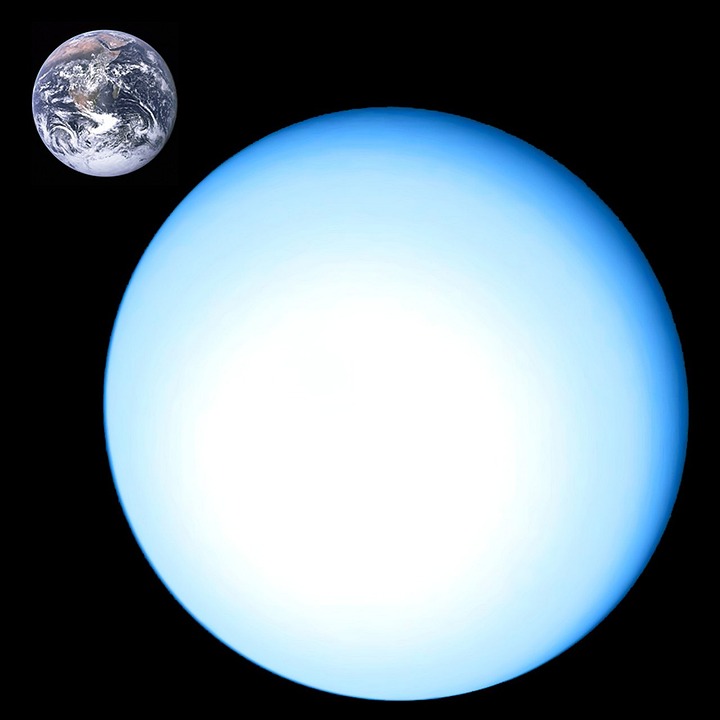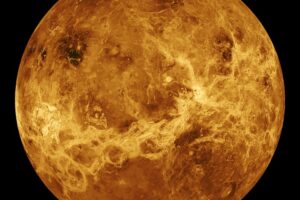The Oddities of Uranus: A Closer Look at the Mysterious Ice Giant
Uranus, the seventh planet from the Sun, has long fascinated astronomers and space enthusiasts alike. With its strange rotation axis, icy composition, and unique composition, Uranus stands out among the planets in our solar system. In this article, we will take a closer look at some of the oddities of Uranus and explore what makes it such a mysterious and intriguing world.
One of the most noticeable features of Uranus is its rotational axis. Unlike most planets in our solar system, which have an axial tilt that is roughly perpendicular to their orbit around the Sun, Uranus has an extreme tilt of nearly 98 degrees. This means that the planet essentially rolls on its side as it orbits the Sun, leading to some bizarre seasonal changes and a highly unusual magnetic field.
Scientists believe that this extreme tilt may have been caused by a collision with a planet-sized object early in Uranus’s history. This collision could have knocked the planet off its axis and set it on its peculiar course through the solar system. [source]
Another intriguing aspect of Uranus is its composition. The planet is made up primarily of ice, with a thick layer of water, ammonia, and methane surrounding a rocky core. This icy composition gives Uranus its distinctive blue-green coloration and contributes to its chilly temperatures, which can drop as low as -224 degrees Celsius.
Uranus also has a unique set of rings, which were first discovered by the Voyager 2 spacecraft in 1986. These rings are thought to be made up of small particles of ice and rock, and they orbit the planet in a way that is different from the more prominent ring systems of Saturn and Jupiter. Scientists believe that these rings may have formed from the debris left over from a collision with a moon or other object in the planet’s past. [source]
Despite its many oddities, Uranus remains a fascinating and mysterious world that holds many secrets waiting to be uncovered. As our understanding of the planet grows and our technology improves, we may one day be able to unlock the mysteries of this icy giant and learn more about its origins and evolution.
In conclusion, Uranus is a planet like no other in our solar system. With its extreme rotational axis, icy composition, and unique ring system, Uranus presents a wealth of mysteries and challenges for scientists to unravel. By studying this enigmatic world, we can gain valuable insights into the workings of our solar system and the processes that shaped our cosmic neighborhood. [modern_footnote_with_source_link]






























Add Comment